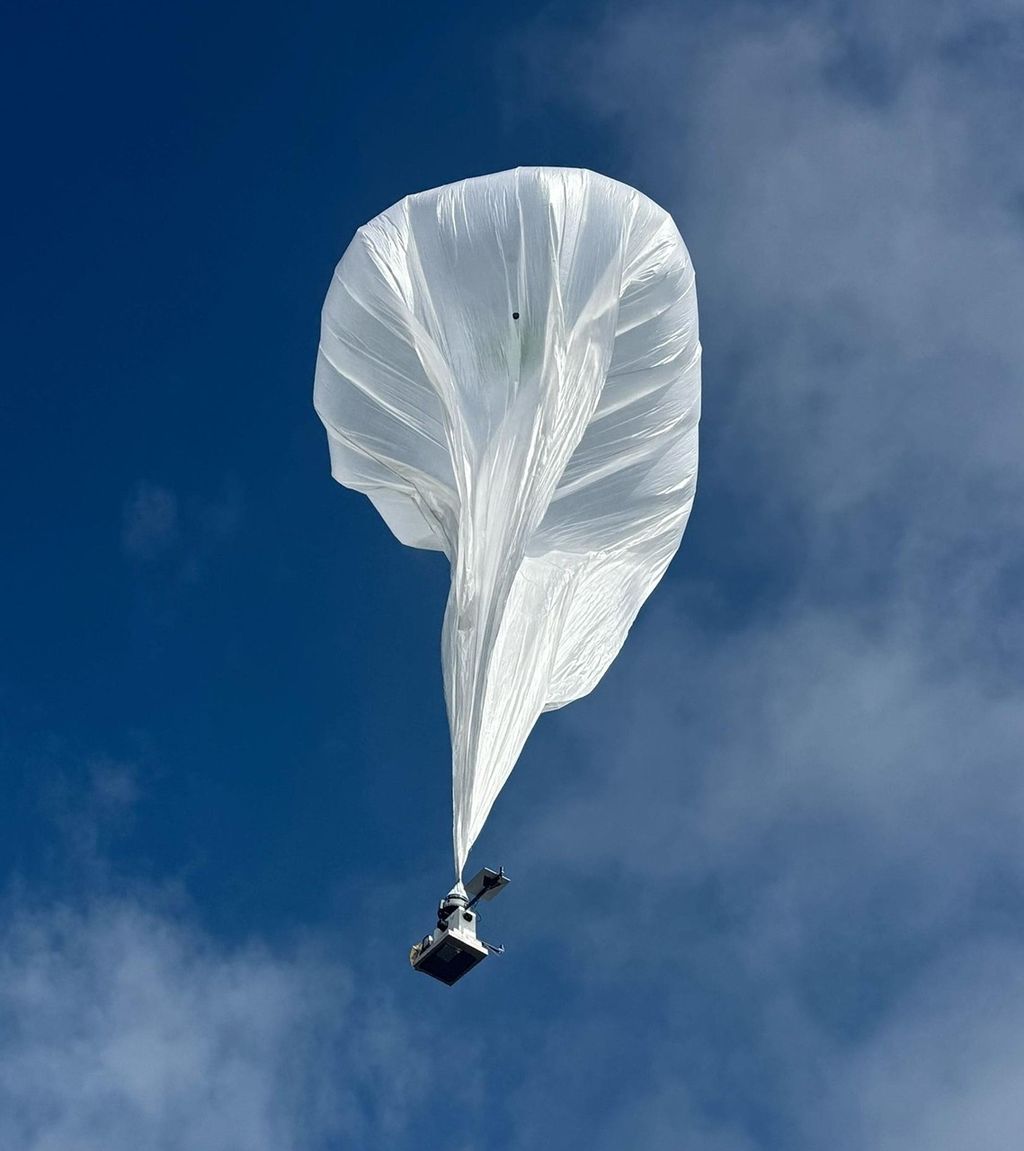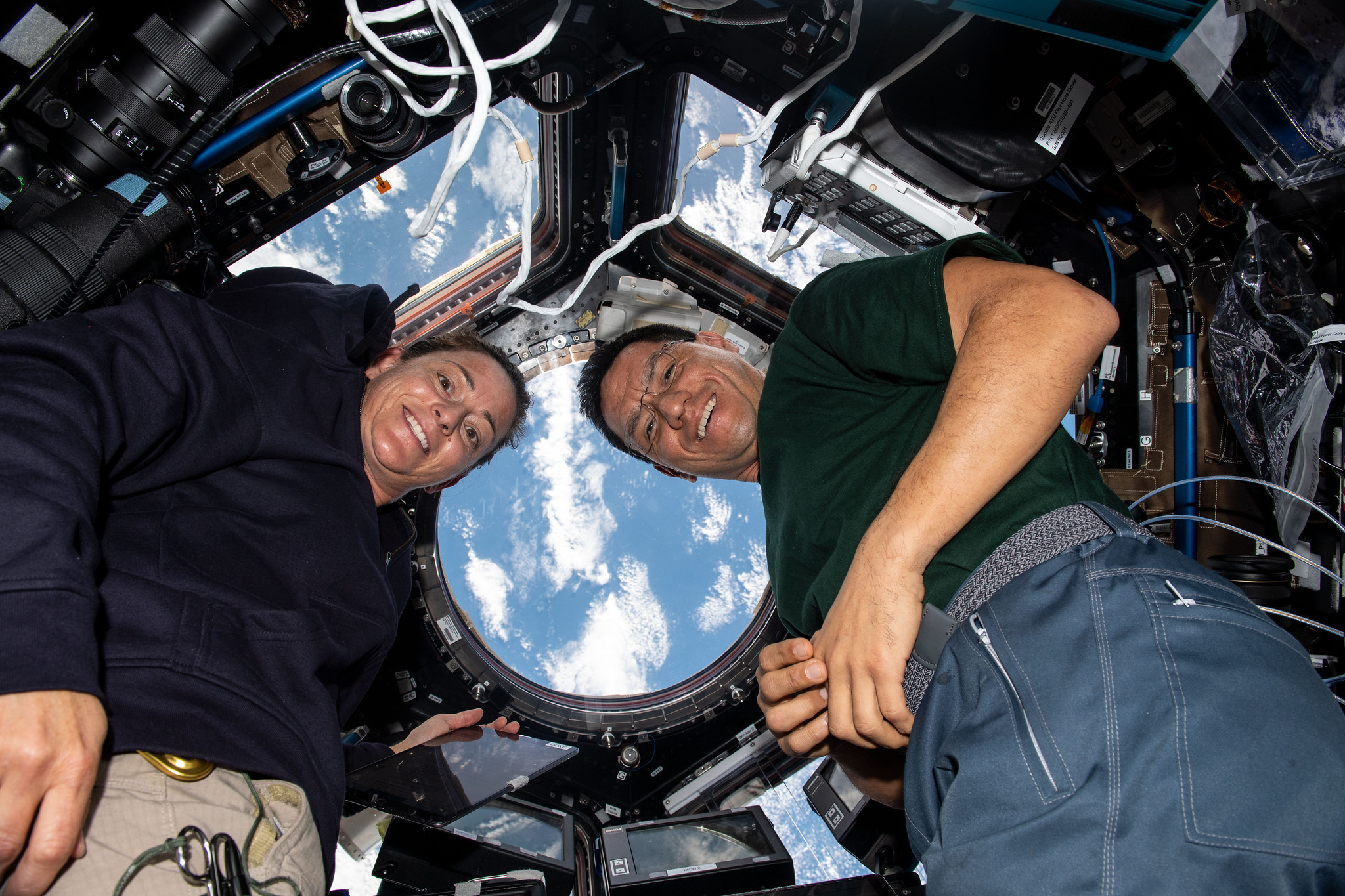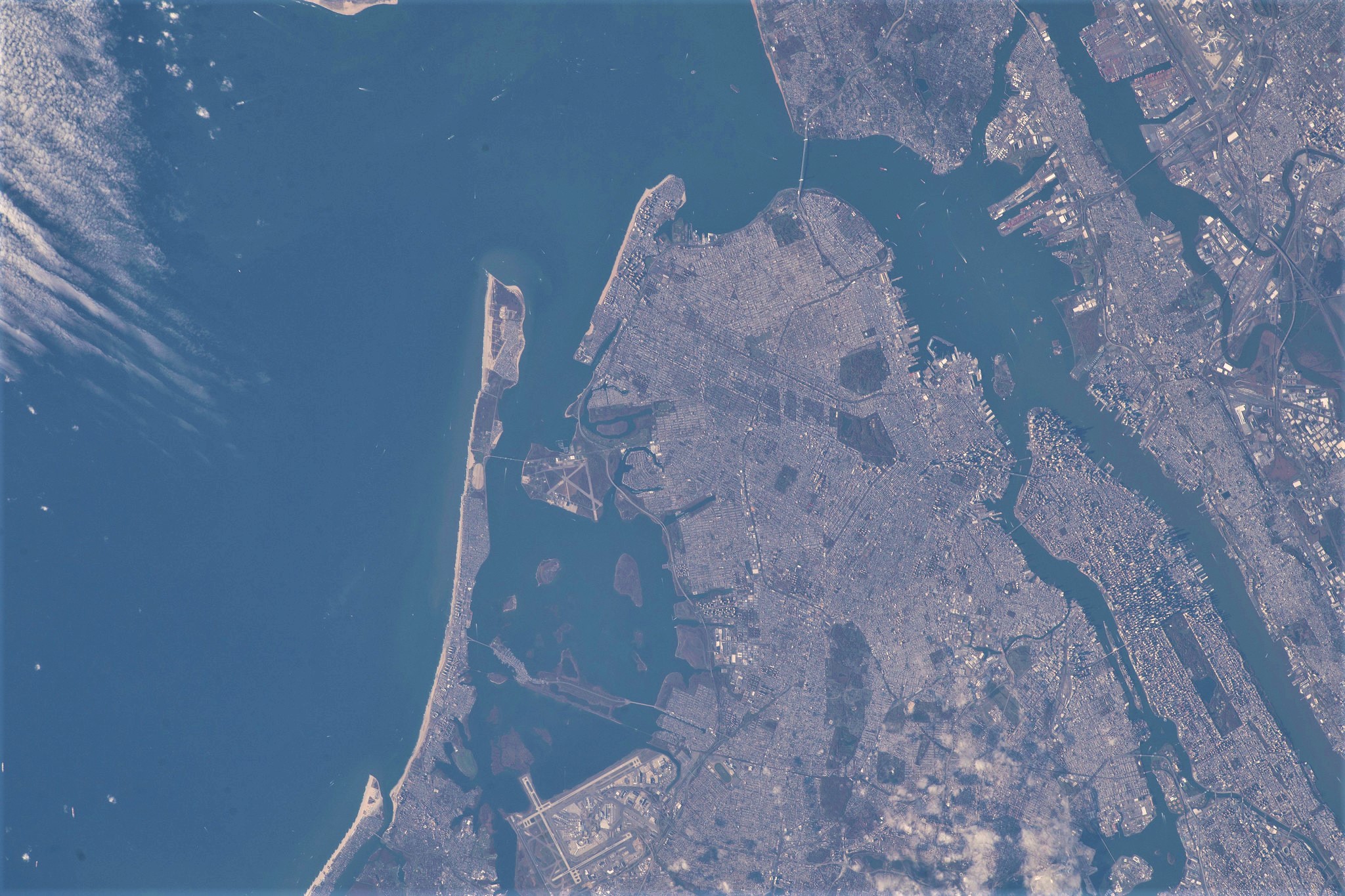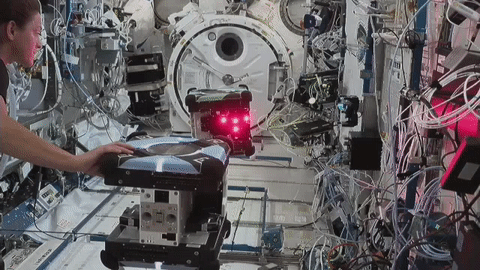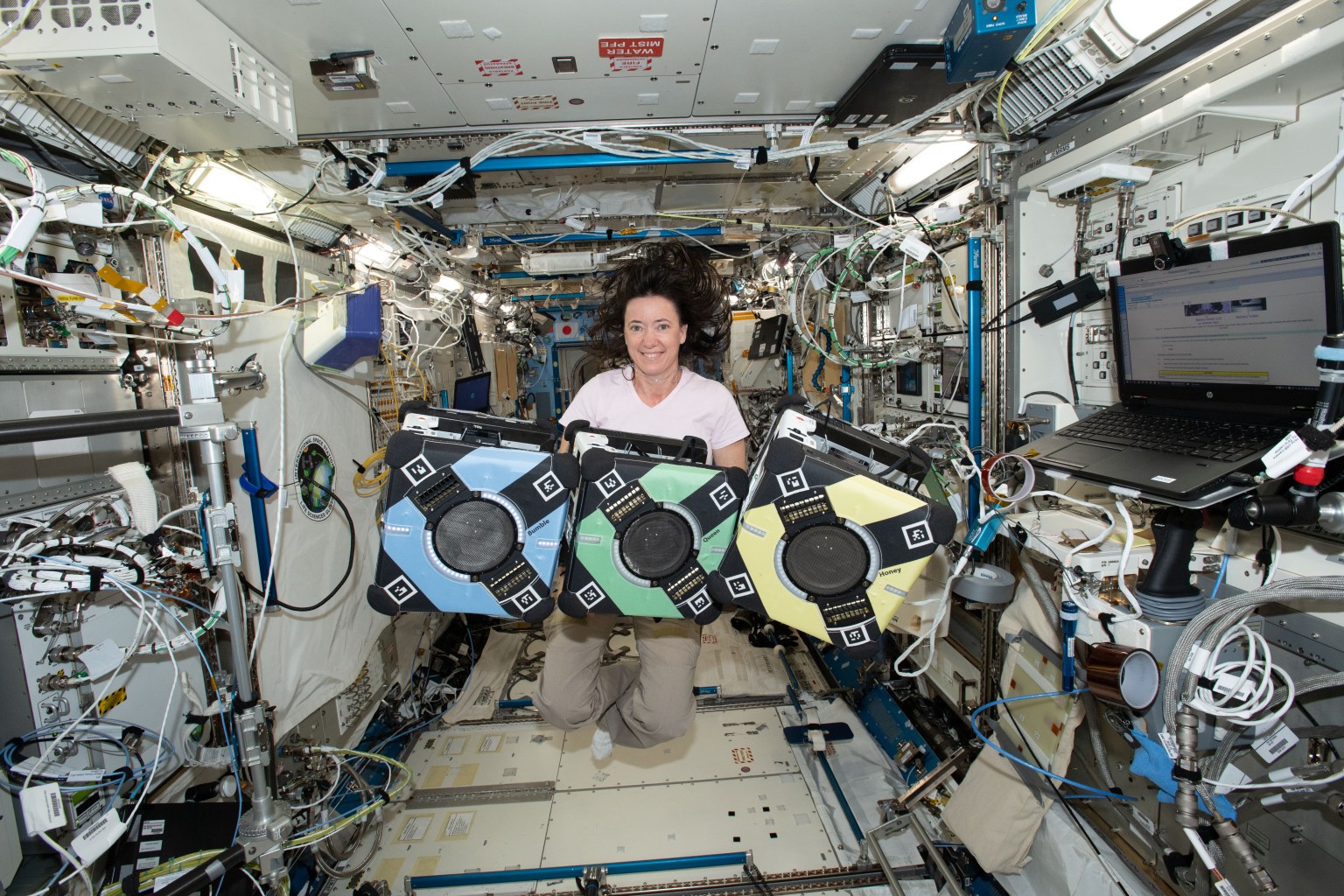Lee esta historia en español aquí.
Crew members aboard the International Space Station conducted scientific investigations during the week of Nov.7 that included studying flammability of materials in microgravity, demonstrating technology for small robotic repair satellites, and capturing Earth images requested by students. A Northrop Grumman Cygnus resupply spacecraft arrived at the space station on Wednesday bringing new scientific investigations and technology demonstrations for the crew to conduct.
Here are details on some of the microgravity investigations currently taking place aboard the orbiting lab:
Figuring flammability
SoFIE-GEL studies how fuel temperature affects the flammability of materials in microgravity. The phenomenon of buoyancy complicates the study of flames on Earth, and conducting this research in space helps refine computer combustion models. Results could improve researchers’ understanding of how a fire grows and support development of optimal fire suppression techniques to help ensure crew safety on future space missions. SOFIE-GEL is part of extensive research on fire behavior and control in space. The investigation is sponsored by NASA’s Division of Biological and Physical Sciences (BPS). During the week, crew members replaced a sensor in anticipation of investigation operations in the coming weeks.
Guiding spacecraft
Smartphone Video Guidance Sensor (SVGS) demonstrates a vision-based sensor for guidance, navigation, and control of a small spacecraft, using the space station’s Astrobee robots. The sensor, developed by NASA, computes the position and orientation of a target relative to the coordinates of a camera in the Astrobee. SVGS technology offers small size, low power consumption, and relatively simple deployment, beneficial characteristics for small satellite operations and human exploration missions where crewed vehicles need to dock with a variety of platforms. This technology also has potential for operating autonomous robotic systems on Earth. During the week, crew members conducted several sessions for the investigation.
Images from space
Sally Ride EarthKAM provides people on Earth with an astronaut’s view of the planet. Students remotely control a digital camera mounted on the space station to take photographs of coastlines, mountain ranges, and other interesting features and phenomena. The EarthKAM team posts the images in an online gallery that provides support for teaching activities ranging from Earth science to space and environmental science, geography, social studies, mathematics, communications, and art. During the week, crew members set up the hardware for collection of requested images for EarthKAM’s Mission 81.
Other investigations involving the crew:
- Myotones, an investigation from ESA (European Space Agency), monitors changes in the properties of muscles during spaceflight. Results could support development of better countermeasures for future space missions as well as alternative rehabilitation treatments for those experiencing the effects of aging and restricted mobility on Earth.
- An investigation from the Canadian Space Agency (CSA), CARDIOBREATH, studies the combined effects of cardiovascular and respiratory adaptations on blood pressure regulation during spaceflight. Results could provide insight into the mechanisms behind these changes and support development of ways to assess their effects on blood pressure during and after long-duration missions.
- ESA’s Antioxidant Protection investigation tests nanoparticles to provide antioxidant protection to neurons in space, especially neuronal cells involved in both cognitive and motor functions. Impairment of these functions poses significant risks to crews in space and to patients with brain impairment on Earth.
- FLUIDICS, an ESA investigation, evaluates behaviors of liquid in a sphere in microgravity as a model for what happens in a spacecraft’s fuel tank. Results could support improvements in satellite fuel management and expand lifespan. This investigation also may help provide a better understanding of Earth’s oceans and optimize the use of ocean-based renewable energy.
- Food Physiology characterizes the effects of an enhanced spaceflight diet on immune function, the gut microbiome, and nutritional status indicators. Because diet can be easily and meaningfully altered on Earth or during flight, documenting the effects of dietary improvements could provide guidance for using diet to enhance adaptation to spaceflight.
John Love, ISS Research Planning Integration Scientist
Expedition 68







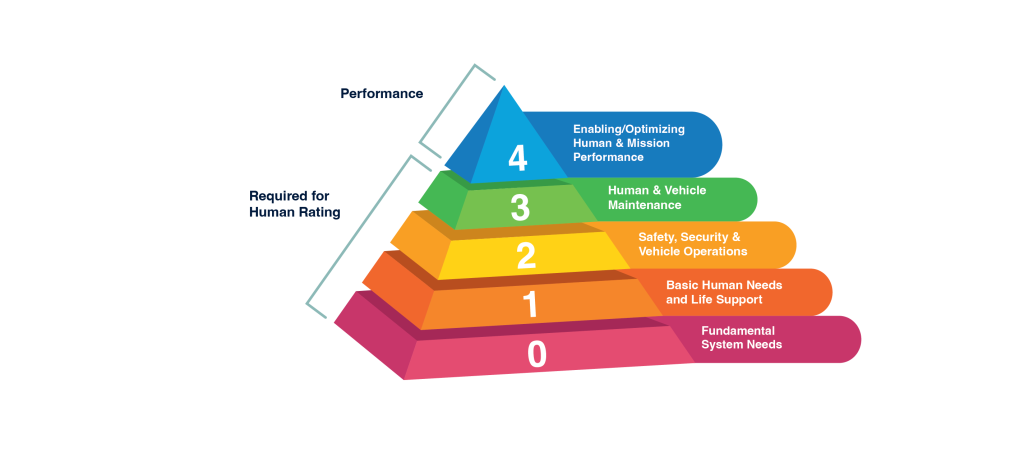



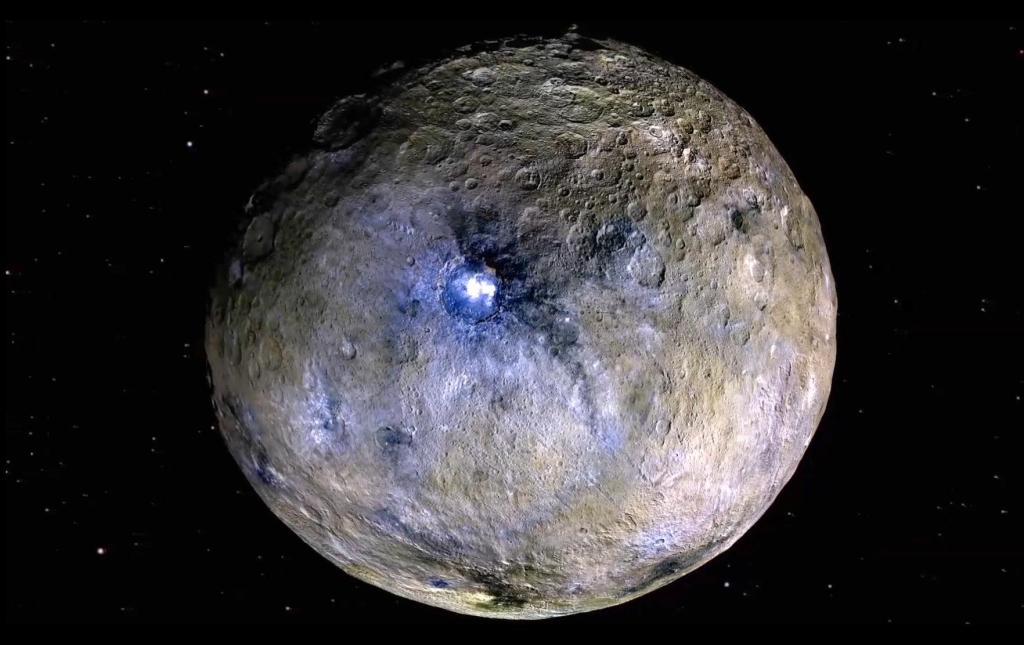
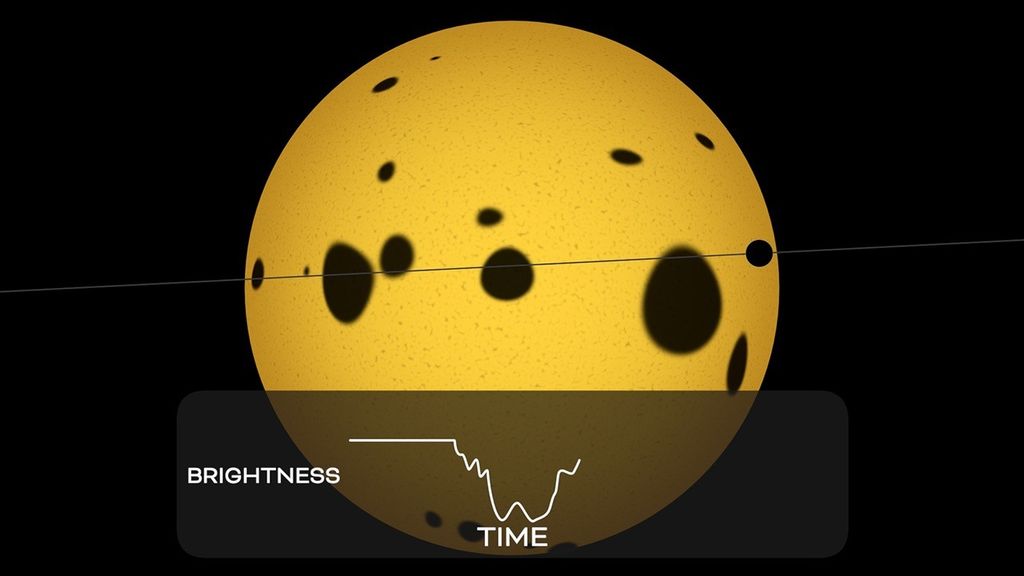

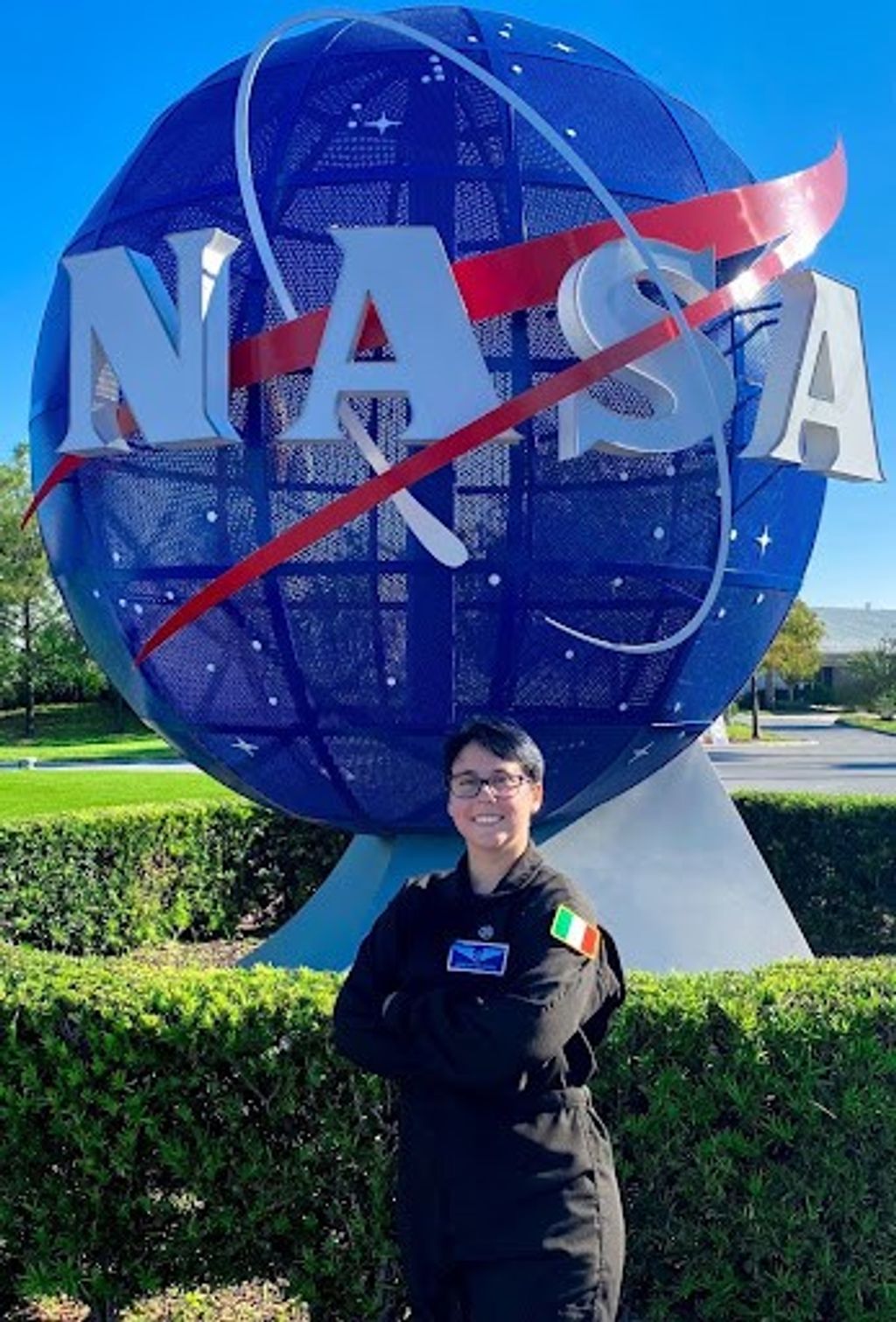

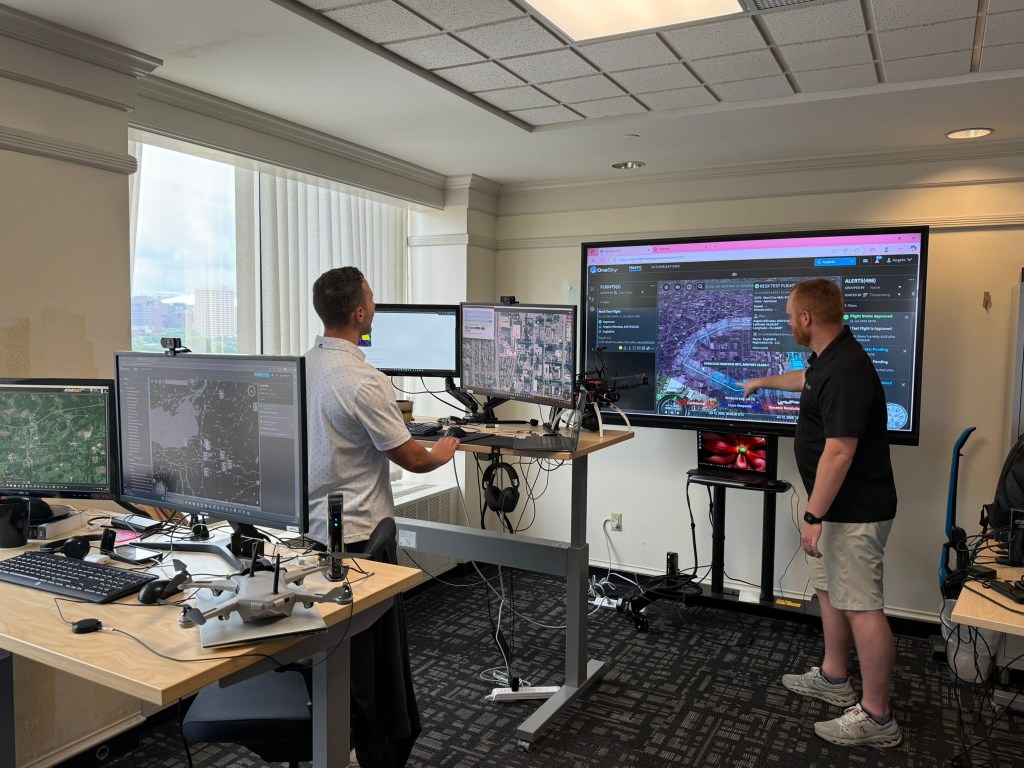





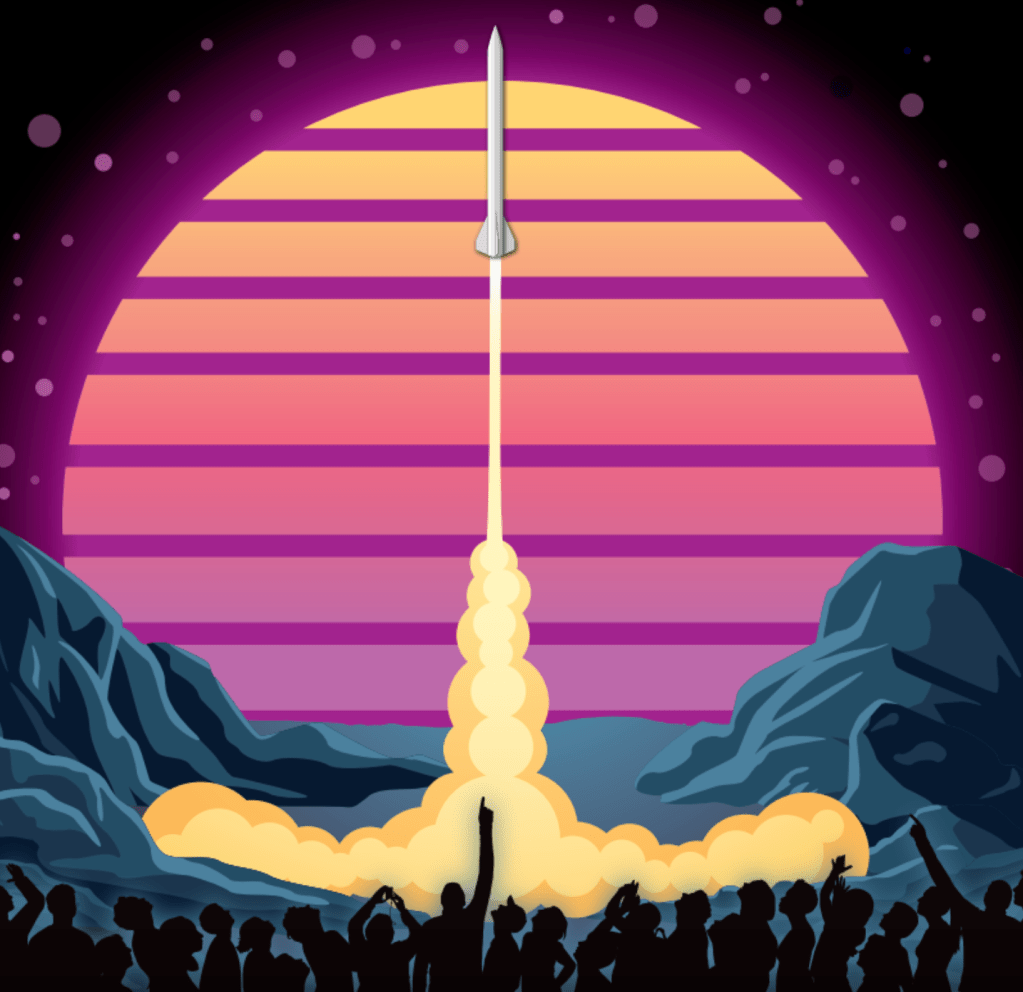

-Carolyn_Y._Ng.jpeg?w=1024)
